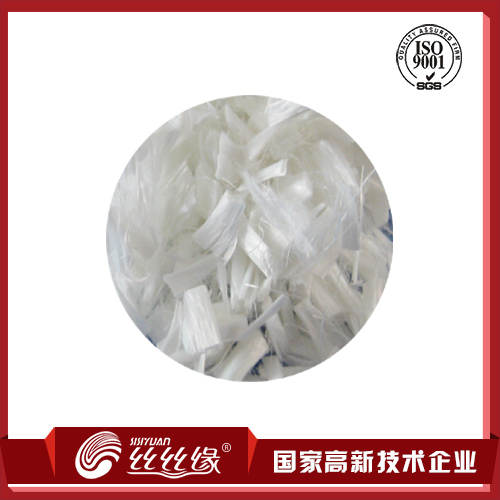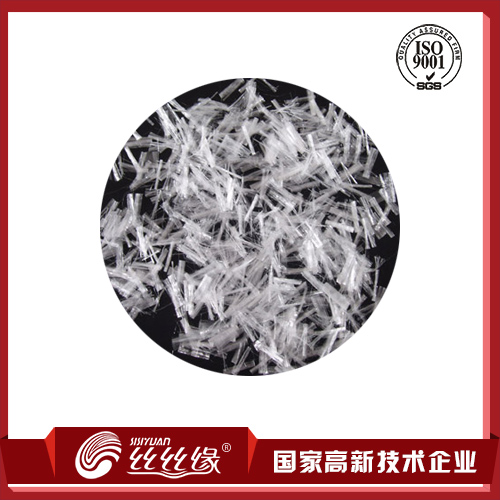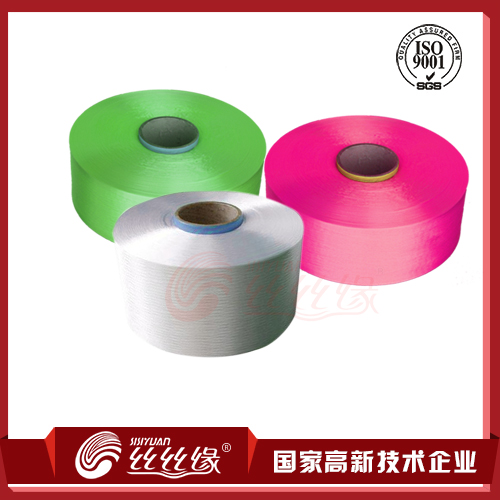
Although only in mid-May, between Lixia and Xiaomang. However, the high temperature and heat waves in recent days have added a hint of summer atmosphere to this May. In recent days, temperatures in many parts of the country have generally exceeded 30°C. With the rapid rise in temperature, concrete cracks have once again appeared in front of everyone.
Faced with this problem, a concrete material additive with a simple construction process and a low cost is sought and added to concrete to improve the properties of the concrete material such as pressure resistance, tensile strength, and crack resistance, and has become a civil engineering and construction material. An important aspect of research.
After many experimental studies found that: Polypropylene fiber is a kind of concrete additive with low cost and significant effect.
Polypropylene fiber is made from polypropylene as a raw material and manufactured by a special process. Polypropylene fiber reinforced concrete is a kind of fiber reinforced concrete formed by adding polypropylene fiber to ordinary concrete. When the polypropylene fiber is put into the concrete, during the concrete mixing process, the fiber is destroyed by the kneading and friction of the concrete itself to form a monofilament or a net structure to fully open, thereby achieving a large number of polypropylene fiber reinforced concrete. effect. It not only has the characteristics of ordinary concrete, but also has the ability to completely suppress plastic shrinkage cracks, enhance impact resistance, improve toughness and ductility, resist erosion wear and reduce permeability, especially resistance to early plastic shrinkage cracks. It can prevent and delay the ability of structural main bars or steel plates to corrode. Compared with steel fiber and carbon fiber concrete, polypropylene fiber concrete has the advantages of large monofilament fineness, large number, simple construction, and low cost.
Jiangsu Sisiyuan Fiber Co., Ltd. integrated development of organic fibers dedicated to construction engineering. The use of special techniques such as anti-static and anti-aging can effectively increase the grip strength of fibers and base materials. It can be used in mortars and concretes, can reduce and delay early plastic cracking, and greatly improve the overall performance of mortar and concrete.







